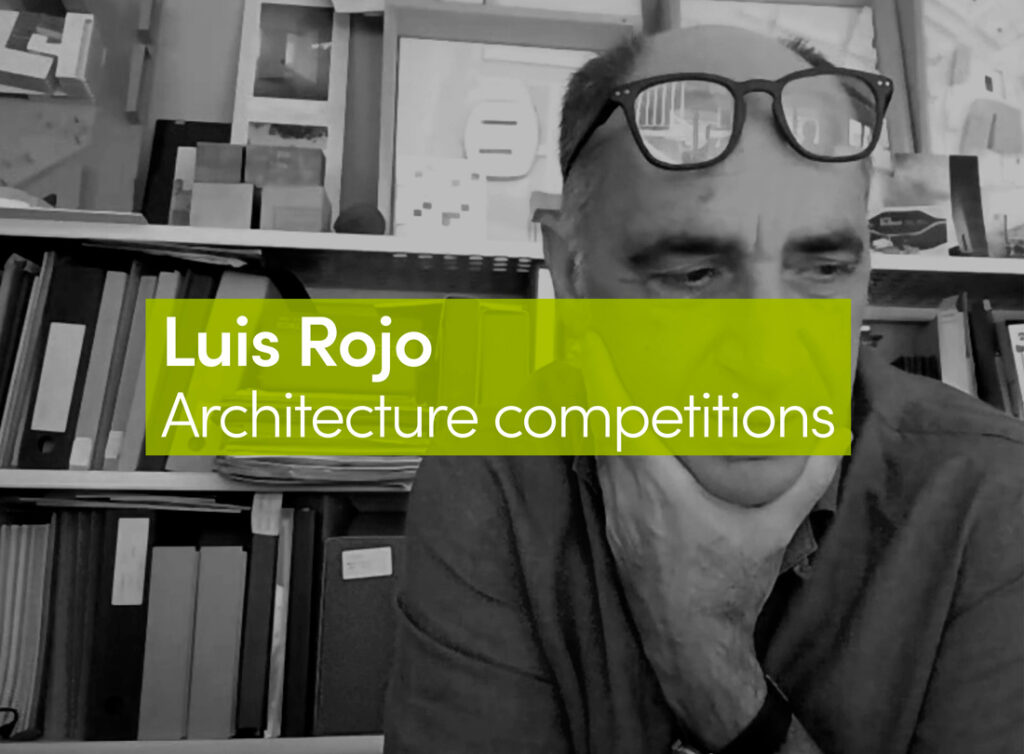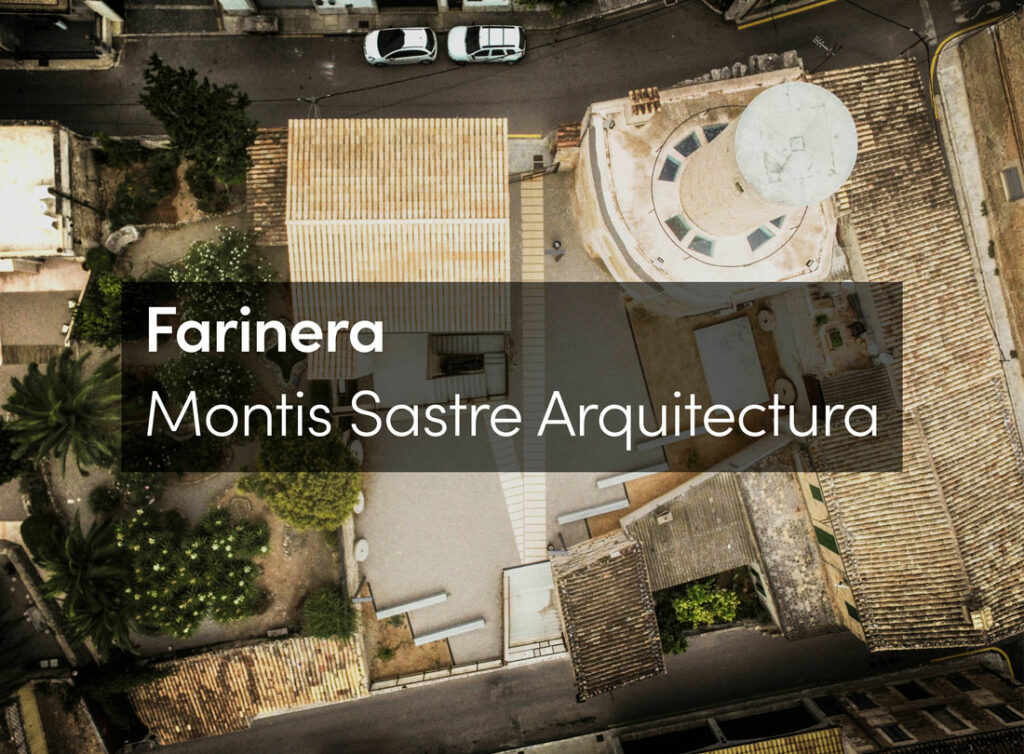As the final article in the micro-series of articles on the industrial legacy in China, curated by China Room, Politecnico di Torino’s research group, (Industrial Legacy and the Future of Chinese Cities, Industrial Clusterization Strategies in the Pearl River Delta Area: Reorganizing the Production of the PRP in Zengcheng NTDZ), the essay will introduce the results of planning an Italian Space within the Pearl River Piano Cultural Park (see also Design Opportunities and Cultural Intermediation) as a model to transform former industrial spaces into flexible programs with the potential to enhance creative industry and new economies.
The growing interest of the Chinese government in promoting the regeneration of the country’s industrial legacy as a way to encourage economic and social development offers an interesting perspective and a reference framework to describe and interpret the initiative of the “Italian Cultural Box” within the development of the Pearl River Piano Cultural Park. The creative industry model has been strongly supported in recent times by Chinese institutions that have promulgated some important legal tools working at the national level (Liu; Zhu 2015). The most recent one is represented by the Interim Measures for the Administration of National Industrial Heritage, formulated by the Ministry of Education as a consequence of the Guiding Opinions on Promoting the Development of Industrial Culture, jointly issued in 2016 by the Ministry of Industry and Information Technology (Huo 2016, 499-503). Among all the points of the document, it is important to mention here the need to foster a rational use of the national industrial heritage. The Interim Measures proposes supporting the use of the national industrial legacy and related resources by opening museums in former industrial areas, developing industrial tourism and creating cultural parks in order to accelerate an innovative and entrepreneurial activity centered on the industrial heritage. Chinese institutions encourage a rational use of the industrial heritage as an important measure to promote the transformation of industrial buildings and to accelerate the transformation of the old plant energy into a new business model, in order to promote economic and social development with the aim of protecting the national industrial heritage (Edwards 2012, 440-442).
Within this context, the Italian Cultural Box arises as a model for the transformation of former industrial spaces into flexible programs able to enhance creative industry and new economies. It is a space dedicated to Italian artistic, gastronomic and manufacturing culture that reflects the peculiarities of the city of Torino, hometown of the majority of the stakeholders involved in the project, such as the Politecnico di Torino, the Municipality of Torino and the most important companies of the city (Chung 2013, 2459–2462). The idea of an Italian cultural hub in the very center of the Greater Bay Area, together with the objective of creating a reciprocal cooperation between Italian and Chinese organizations, can be read as a pioneering venture to strengthen the protection of Chinese industrial heritage, to improve its rational use and to empower synergy, joining forces among local institutions and international actors in keeping with the new Interim Measures (Zielke, Waibel 2016, 95-102). In November 2019, a visit from the Pearl River Piano Cultural Park’s chairman to the mayor of the city of Torino and to the dean of the Politecnico di Torino, offered the chance to gather all the different representatives of this dialogical venture and to explore design proposals for the “Italian Cultural Box” to be presented on that occasion.
In order to prepare the visit and retrieve design and management ideas, in October 2019 the Politecnico di Torino organized a workshop, as a part of the official program “Torino: Design of the City 2019”. The workshop involved three groups, made up of Politecnico students from the Architecture department, young architects from three different Torino-based offices, and business members of the ToChina Alumni network from the University of Torino, focusing on the design of the Italian Cultural Box’s space and on the project for its entrepreneurial governance. The teams were asked to build up the business and design projects in an open dialogue with prestigious local companies, which took part in a round table where design and managerial needs could converge. The companies, playing the role of potential clients, presented their managerial expectations and discussed with the groups the possible implications of their demands on the design of the Italian Cultural Box space. The final output was represented by three different options for the spatial layout and business program for the Italian Cultural Box, in which managerial vision and space intertwined and influenced the creative process: the business program was reflected in the layout of the space, and the space itself influenced the economic models.
C-Lab. Italian Cultural Lab. By Studio Plac, Vittoria Rigutto (TOChina Alumni), Maria Isabella Gallo, Emma Gelsi, and Lucia Rebolino (students from Politecnico di Torino)
The team took as a design reference the architectural element of the porticoes that characterize the urban texture of Torino. The design of the environment detaches visitors from time and space and projects them into an almost spiritual dimension, in which all five senses are called on to create a personal experience to discover the excellent products that are made in Torino. The history, the culture and the industrial tradition of the Piedmont regain are presented through a delicate and movable system of panels, lights and curtains that bring to mind Torino’s porticoes. The visitor experience is conceived as a stroll through the city. The walk starts from a foyer that welcomes visitors and invites them to pass through a flexible gallery created by movable panels, to arrive, at the high point of the visit, at the digital façade that anticipates the outdoor balcony facing the river. From a business point of view, the City of Torino entrusts the space to an Italian company, which manages it through a local partner who receives the benefits of having a commercial space both here and in the Pearl River food court. According to this managerial vision, the Italian Cultural Box is conceived as an exhibition center with the purpose of hosting cultural and business activities, in a dense calendar of events, that reflect the economic-cultural context of Torino. The active presence of the local company in the food court ensures the commitment to managing the calendar of Italian Cultural Box events and opening the space to a wider network of Italian and Chinese actors enjoying the rent fees.
Italian Closet. By BTT Studio, Valentina De Martini (TOChina Alumni), Luigi Borghetti, Alessandro Paracchino, Emiljan Prenga (students from Politecnico di Torino)
This proposal calls to mind the Italian tradition of using closets as storage spaces, spaces that are not integrated into the walls but are represented by free-standing furniture. In particular, in Torino’s culture the tradition has proposed the organization of space through wardrobes. The goal of the project is to transfer part of Torino’s cultural identity and its local specificities into an atmosphere that is geographically and culturally different. The business tutor integrates the spatial idea with a managerial model. According to this vision, the City of Torino entrusts the Italian Cultural Box space to an Italian company that takes over the management and administration of daily activities. The company will develop a food & beverage proposal. The space will therefore be organized with three purposes: one reserved for catering, one dedicated to the promotion of products from other companies, and the internal digital box intended to host cultural activities. The cultural core of the Italian box will follow a dense agenda of events and will act as the “deferred” experiential space of the city of Torino. The event calendar and the interaction with institutions are to be managed by the Italian company.
Within the Italian Cultural Box this proposal would suggest an inner area, an interactive box or closet, where the customer can have an immersive sensorial experience of the Italian atmosphere thanks to digital technology; the external space, characterized by wardrobes and services, is dedicated to exhibitions, sales and events.
Italian Club Piazza By BDR Bureau, Ervisa Proni (TOChina Alumni), Paolo Bianco, Luca Pascale, Andrea Rapari (students from Politecnico di Torino)
The third proposal is based on the long Italian tradition of the piazza, an urban element that represents Torino’s urban pattern. The element of the piazza is conceived and transferred into a Chinese environment as a new multipurpose sharing space inside the Pearl River Piano Factory. The piazza, from an urban point of view, can be defined as an open space surrounded by buildings. The shape, location, function and aesthetic expression of the piazza have historically followed the urban development of the city. In this project the attention is given to the ordinary realm: the daily and the concrete cultural and managerial needs of the activities that will be hosted there. The visitor experience is intended to begin from a staircase, designed as an iconic element that symbolically welcomes the customer into an exclusive experiential space. On the second floor, an open space is dedicated to the discovery of the industrial excellence of Torino through interactive analogical-digital walls that combine design and technology. A curtain system helps to define the space according to the different events the club has planned to host, giving back to the environment its conceptual connection to the architectural meaning of the piazza.
For collective exhibitions, it is possible to create a single large space: the furnishings are stored in the storage are, and the curtains are collected in technical volumes. Furthermore, the curtain system allows for modulating the venue for private events, small talks or projections by isolating different portions of the environment, giving visitors the chance to interact with the experiential walls. From a managerial point of view, the City of Torino entrusts the management of the Italian Cultural Box to a corporate network with legal subjectivity made up of several local companies that are free to negotiate the content of the contract, including the common program, the duration of the agreement, withdrawal, and the rights and obligations of individual companies. It can also be a contract open to foreign companies. The representative body of the corporate network appoints a general manager, headed by a local manager who takes care of the daily activities together with an event coordinator who manages the activity calendar and keeps in contact with institutions.
















